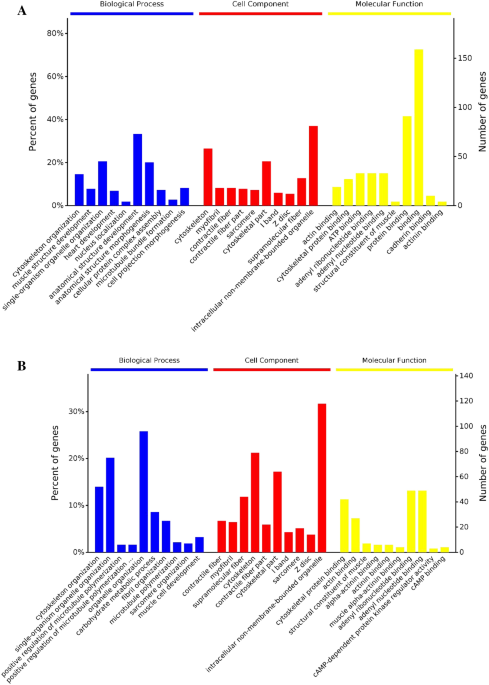
- Select a language for the TTS:
- UK English Female
- UK English Male
- US English Female
- US English Male
- Australian Female
- Australian Male
- Language selected: (auto detect) - EN
Play all audios:
To identify differentially expressed proteins associated with energy metabolism and tenderness during the postmortem aging of yak longissimus lumborum muscle samples, we collected tissue
samples from yaks raised at different altitudes. At 12 h post-slaughter, we identified 290 differentially expressed proteins (DEPs) in these samples, whereas 436 such DEPs were detected
after 72 h. Identified DEPs were clustered into four main functional categories: cell structural proteins, glycogen metabolic proteins, energy reserve metabolic proteins, and cellular
polysaccharide metabolic proteins. Further bioinformatics analysis revealed that these proteins were associated with carbon metabolism, glycolysis, and the biosynthesis of amino acids. Our
functional insights regarding these identified proteins contribute to a more detailed molecular understanding of the processes of energy metabolism in yak muscle tissue, and represent a
valuable resource for future investigations.
Hypoxic conditions can cause mammalian cells and tissues to express a number of different glucose transporters and enzymes that ultimately lead them to shift their metabolic activity such
that they favor anaerobic glycolysis rather than aerobic respiration, leading to ATP generation that coincides with the reduced production of toxic reactive oxygen species (ROS)1. In rat
heart tissue, for example, acute hypoxia can result in a significant increase in phosphofructokinase (PFK) activity and lactate production together with a net reduction in cardiac ATP
levels2. Comparable findings have also been made in different studies of yak breeds that reside between 1500 and 5000 m of elevation in southwestern China3,4,5. As they are adapted to high
altitude conditions, yaks exhibit more robust energy metabolism and superior disease resistance relative to other cattle species. Importantly, under low oxygen conditions yaks of the Tibetan
Plateau are able to readily induce the expression of certain proteins that allow their cells to better adapt to hypoxia so as to improve circulation and preserve cellular functionality. We
have previously shown that yaks raised at high altitudes exhibit significantly reduced tissue glycogen levels that coincide with significant increases in hemoglobin and lactate levels in
blood samples from these same animals6. Cooking loss of the longissimus dorsi of low altitude Simmental cattle is lower than that of Yushu yak and Gannan yak, but the difference is not
significant. The L* and b* values of Simmental are slightly lower than Yushu yak and Gannan yak, and the a* value is higher than Yushu yak and Gannan yak. Cooking loss of the three groups
first increased significantly with the maturation time (0–72 h) (P 50, with scores > 75% corresponding to a phosphorylation event. Differential protein expression was detected via
comparisons between groups, with samples being compared via Student’s t tests with a P 1.5 or P






